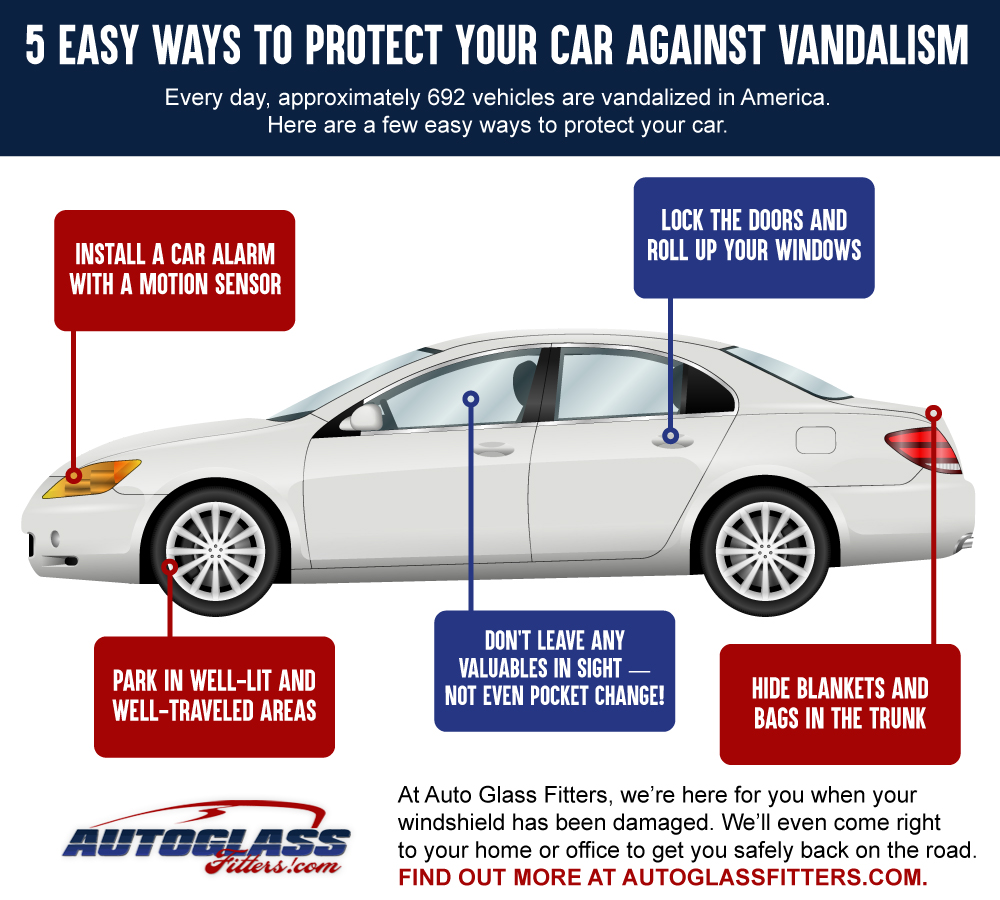Grasp The Crucial Stress Washing Techniques Adapted For Each Surface Area Type To Make Certain Sensational Outcomes-- Unveil The Keys To A Smooth Finish
Grasp The Crucial Stress Washing Techniques Adapted For Each Surface Area Type To Make Certain Sensational Outcomes-- Unveil The Keys To A Smooth Finish
Blog Article
Written By-Viborg Puckett
When it comes to press washing, the strategy you choose can make all the difference in achieving a clean, streak-free coating. You could discover that hard surface areas, like concrete, require a various approach than softer materials, such as wood or vinyl. It's vital to adjust your approaches to the surface area kind to stop damage while optimizing cleaning efficiency. So, what are the most effective strategies for each surface, and just how can you ensure you're making use of the appropriate settings and devices for the work? Let's explore what you need to know to obtain the most effective results.
Tough Surface areas
When it pertains to push washing hard surfaces, prep work is crucial. Prior to you also think about taking out the stress washing machine, put in the time to clear the location of any type of particles, furnishings, or challenges. You do not want anything getting in your method or potentially harmful your devices.
Next, evaluate the surface area for any splits or damage; this will help you establish the appropriate technique and pressure setups.
As soon as you've prepared the area, it's vital to select the best nozzle. For tough surfaces like concrete or block, a narrow nozzle (15 or 25 levels) works best to provide a focused stream of water that can efficiently eliminate crud and stains. Constantly begin at a distance and slowly move better to stay clear of any surface area damage.
As you begin washing, maintain the wand relocating to stop touches and over-saturation. It's likewise helpful to function from the top down, enabling dirt and debris to get rid of naturally.
Ultimately, remember to rinse the surface thoroughly after cleaning up to eliminate any type of remaining detergent. With these strategies, you'll achieve a tidy and refreshed look on all your tough surfaces.
Soft Surfaces
Pressure cleaning soft surfaces needs a gentler technique to safeguard them from damages. Whether you're cleansing your deck, outdoor patio furnishings, or house siding, using too much pressure can result in damages, scratches, or perhaps permanent damage.
Beginning by selecting a low-pressure nozzle, ideally a 25-degree or wider spray pattern, to disperse the water much more carefully.
Before you begin, it's vital to pre-treat any stains with an appropriate cleansing service. This action permits the cleaner to penetrate the dirt and gunk, making it less complicated to get rid of without rubbing as well hard.
Constantly apply the option from all-time low approximately avoid streaking.
When you start stress washing, preserve a distance of at the very least 12 to 18 inches from the surface. Relocate your stick in a sweeping movement, maintaining it alongside the surface to stay clear of concentrated pressure on one place.
Wash the location completely after cleaning to eliminate any kind of residual cleaner.
Lastly, examine the surface area for any kind of missed spots and duplicate the process if necessary. By complying with these steps, you can successfully tidy soft surface areas while protecting their integrity and look.
Specialized Surfaces
Cleaning soft surface areas calls for treatment, but specialized surface areas demand much more focus to information. When you tackle these surfaces, like fragile timber, tarnished concrete, or particular types of house siding, utilizing the best pressure cleaning methods is vital to stay clear of damages.
Initially, analyze the product. As an example, treated wood can typically stand up to moderate pressure, yet softer timbers like cedar might need a lower setup. Constantly begin with the lowest pressure and slowly increase if needed.
For tarnished concrete, use a follower spray nozzle and maintain a constant distance to avoid etching the surface.
When handling surface areas like plastic siding or repainted surfaces, a broad spray pattern aids distribute the pressure evenly, safeguarding the surface.
please click the following article 's additionally wise to utilize detergents especially developed for specialty surface areas. They can enhance cleansing without endangering the product.
https://www.popsugar.com/home/spring-cleaning-tips-for-every-room-your-home-48744564 after cleaning to remove any residue, as it can result in staining or degeneration with time.
Verdict
Finally, understanding stress cleaning methods for different surface areas can make all the difference in your cleaning results. For hard surfaces, stick to narrow nozzles and a top-to-bottom method, while soft surface areas require a gentler touch with larger nozzles. Don't fail to remember to pre-treat discolorations and rinse thoroughly to avoid deposit. By adapting your approaches per material, you'll not just attain a cleaner surface yet additionally shield the stability of your surface areas. Pleased cleaning!
